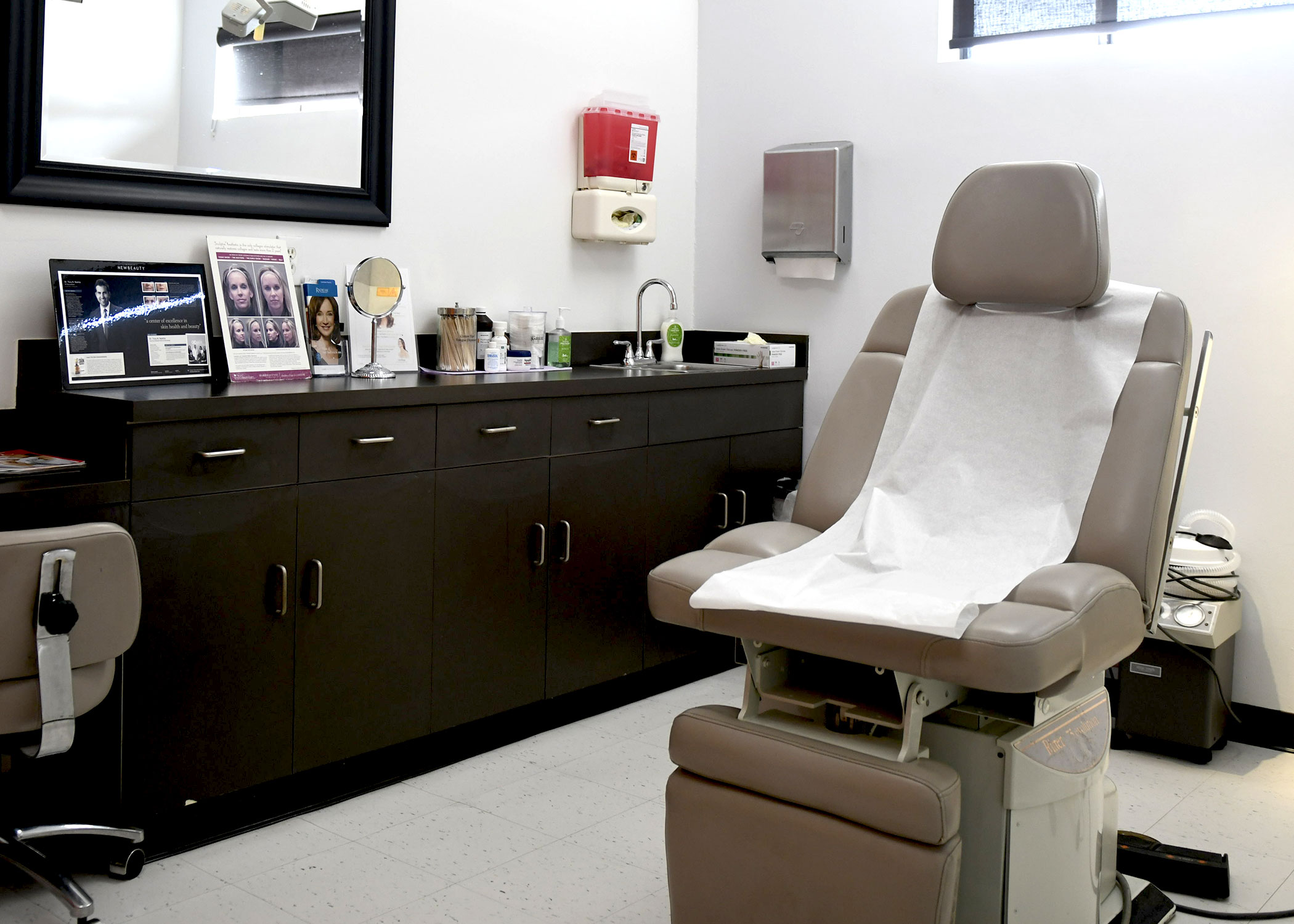Spider veins are small veins that lie close to the skin's surface. They are often red or blue, and their thin, irregular shapes resemble spider's legs. They can be caused by hormonal changes during pregnancy or menopause, or by injuries or sun exposure that damages the valves that control blood flow through the veins.
They can also be a side effect of growing older. It's estimated that 50 percent of all adults over the age of 50 have some variation of spider veins. They are rarely a threat to an individual's wellbeing, though they can signal a bigger health problem, especially if your lifestyle is sedentary. Spider veins often occur on the backs of the legs and on the face, causing self-consciousness, embarrassment and, occasionally, discomfort.
Treatment Options for Spider Veins
There are several treatments for spider veins that can be safely and conveniently performed in a dermatologist's office. Among them, sclerotherapy is a popular treatment, as the process is simple and no anesthetic is needed. Using a tiny needle, the doctor injects a chemical into the vein, causing its walls to seal shut, stopping the flow of blood. In a matter of weeks, the vein becomes scar tissue and the color fades. Another treatment may be needed if the spider vein is stubborn, and you may be asked to wear compression stockings to help the process along.
Targeted Intense Pulsed Light Therapy
Intense pulsed light (IPL) is another treatment option for spider veins on the face. It is non-invasive and generally painless, using a filtered spectrum of light to target the affected vein without damaging the upper layers of skin. A cooling gel or topical anesthetic may be applied before the light probe is touched to the skin. The patient and technician will both wear protective eyewear during the process. IPL takes a bit longer to achieve results, usually four to six treatments, three to four weeks apart.
A third option for treating spider veins is electrodessication, a process that introduces a needle into the vein and cauterizes it. This treatment can be used for spider veins and broken capillaries on the nose and face. Again, a topical anesthetic is all that is needed to prevent discomfort, and the only side effects are light bruising and tiny scars that may look like enlarged pores.
All three treatments are safe and effective when done by an experienced dermatologist. As always, consult with your doctor to explore the treatment that is best for your needs.
Click here to learn about the distinction between spider veins and varicose veins.


